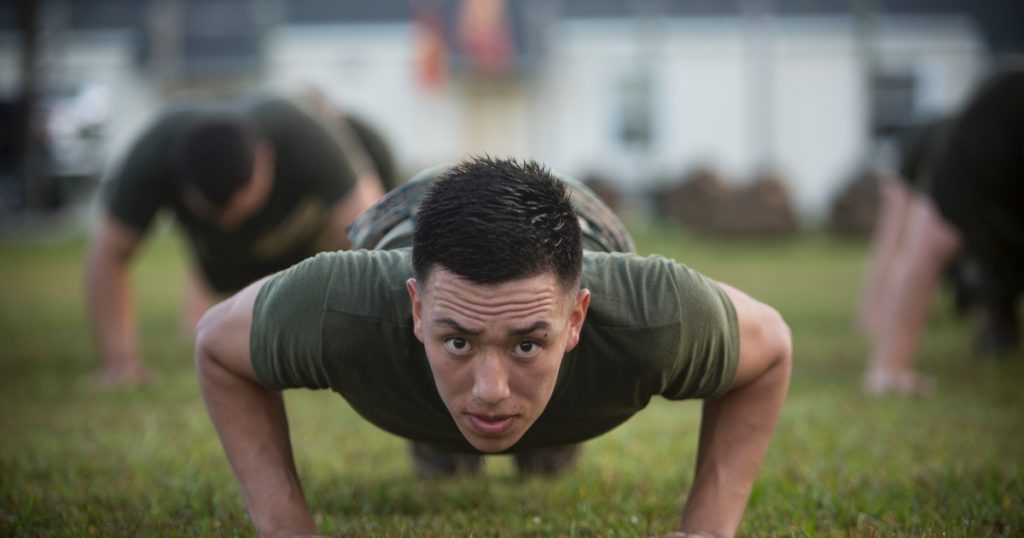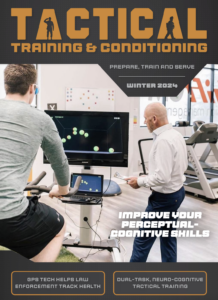Winter 2023
5 ways to prevent injuries in tactical athletes

Service members push themselves hard to reach peak fitness goals. However, ramping up a workout too much could lead to injuries that can affect daily performance. Reduce the risk of injury by being informed.
Consider these guidelines to help achieve fitness goals while avoiding injury from overtraining.
- Baseline Aerobic Capacity — At the heart of every tactical job is the need to escape or mitigate danger when it arises. It doesn’t matter the job: military, police, fire. Being able to chase down a suspect, escape an explosion, or go into and come out of a fire are intricate parts of the job. All of that will take a toll on the cardiovascular system – whether it’s stress on the heart immediately or if it’s the body’s process of using oxygen and expelling carbon monoxide.
While jumping over fences in a chase, or running into a burning building you’ll need a combination of power-based and endurance-based systems, so both need to be challenged to create adaptation. Create a mixture of long runs or sustained movements combined with strength and power movements. And work at a specific intensity, as long as proper form is maintained throughout. - Baseline Load Tolerance — Tactical athletes also have to be able to manipulate certain pieces of equipment to do their job. For firefighters, this can be advancing a charged hoseline or moving debris within a home. For police, this may be physically fighting a suspect, or moving objects out of the way to apprehend a suspect. For the military – this can be anything; carrying a battle buddy, carrying heavy rucksacks, or other specific equipment. All areas of tactical athletes do have heavy lifting. To lift heavy efficiently, a good baseline functional movement pattern is necessary, as well as load tolerance.
Safely progress the amount of load/weight that is being lifted and carried slowly over a period of time. Any sharp increase in that load can and will lead to injuries. - Nutrition — You get out of your body what you put into it. If you’re consistently putting cheeseburgers and beer into your body, it will not perform up to standard. If you have to go out to a fire scene and your body is dehydrated because you only drink soda and you never drink water, with the amount of sweating you’ll do you’re more likely to pass out; at a minimum you won’t be fighting a fire as efficiently as you could be.
- Stress-Management Techniques — Figuring out how each individual tactical athlete deals with stress is the first step. Do they act out in anger, do they drink, do they exercise? Understanding the outlet is huge in being able to manage these actions and ideas.
Sleep is also important. Without enough sleep, the body can’t recover. And without recovery, stress is added to the body. - Strong Back, Posterior Chain, & Pelvic Floor — All three of these systems are crucial to tactical athletes, who use these systems much more often than the general public.
» ALSO SEE: Navy Gets Rid of Failed Fitness Tests
With a strong back, meaning one that’s resilient to load tolerances, you can move more efficiently and you reduce your risk of injury to this system. The posterior chain (hamstrings, glutes, calves) is important in all lower extremity and trunk movements. When this system is firing adequately, it will reduce your risk of injury to the back and lower extremities. And finally, the pelvic floor is important in support of internal organs and the stability of the overall system. Knowing how this area works, and how to properly activate it – will also help prevent future injuries.



